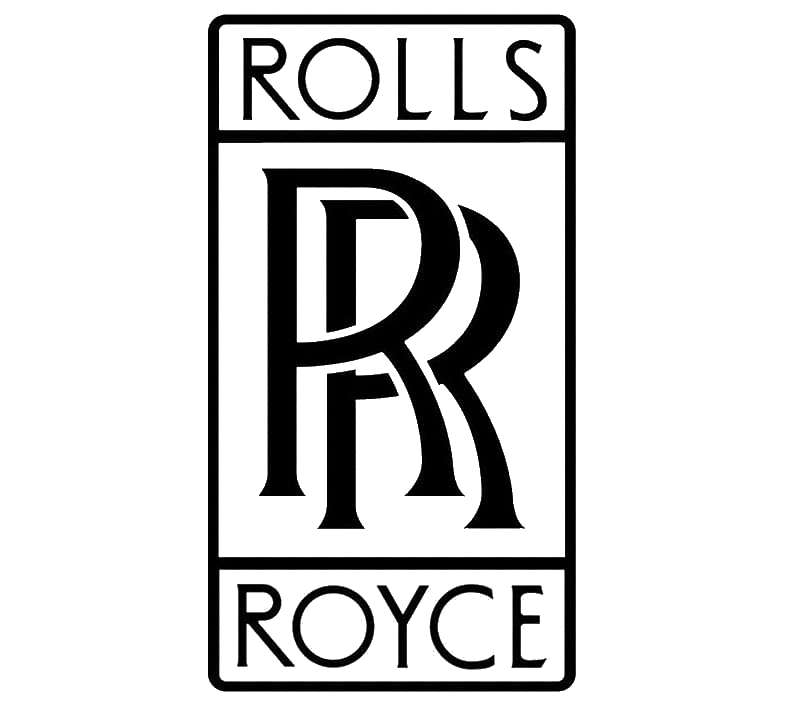.
History Curtiss Wright
Curtiss-Wright X-19 First Flight November 1963
Status Cancelled

The Curtiss-Wright X-19, company designation Model 200, was an American experimental tiltrotor aircraft of the early 1960s. It was noteworthy for being the last aircraft of any kind manufactured by Curtiss-Wright.
In March 1960 the Curtiss-Wright Corporation developed the X-100, a prototype for a new, vertical takeoff transport aircraft. The X-100 had a single turboshaft engine, which propelled two tilting-propellers, while at the tail swivelling nozzles used the engine's exhaust gases to give additional control for hovering or slow flight. Although sometimes classified as a tiltrotor aircraft, the design differed from the Bell VTOL XV tiltrotor designs. The X-19 utilized specially designed radial lift propellers, rather than helicopter-like rotors, for vertical takeoff and augmenting the lift provided by the wing structures
The first flight of the X-19 took place in November 1963 (other sources give 26 June 1964). It was intended that the X-19 would be developed into a VTOL transport aircraft. However the first X-19 was destroyed in a crash on 25 August 1965, with no loss of life, and the program was subsequently cancelled; the second prototype was never completed. The second X-19 prototype is currently being stored in the restoration facilities at the National Museum of the United States Air Force in Dayton, Ohio.
0
KmCeiling
0
KmCombat RANGE
0
Km/hAircraft Speed
0
Max Crew
Photo Gallery
Curtiss Wright Curtiss-Wright X-19
First Flight November 1963
Status Cancelled


Curtiss Wright Curtiss-Wright X-19
General Info
-
-
- Crew: 2
- Capacity: 4 pax / 5,000 lb (2,300 kg) maximum
-
- 3,910 lb (1,770 kg) VTOL
- Length: 44 ft 5 in (13.54 m)
- Wingspan: 23 ft 6 in (7.16 m) rear wing
-
- 19.5 ft (5.9 m) forward wing
- Width: 34 ft 6 in (10.52 m) propeller tip to propeller tip on rear wing
- Height: 17 ft 0.25 in (5.1880 m)
- Wing area: 56.1 sq ft (5.21 m2) forward wing
-
- 98.5 sq ft (9.15 m2) rear wing
-
Powerplant
-
-
- Empty weight: 9,750 lb (4,423 kg)
- Max takeoff weight: 14,750 lb (6,690 kg) CTOL
-
- 13,600 lb (6,200 kg) VTOL
- Fuel capacity: 4,790 lb (2,170 kg) maximum fuel
- Powerplant: 2 × Lycoming T55-L-7 turboprop engines, 2,650 shp (1,980 kW) each
- Propellers: 3-bladed glass re-inforced plastic Curtiss-Wright radial lift force propellers, 13 ft 0 in (3.96 m) diameter
-
- 1,203 rpm for take-off; 955 rpm cruising
-
Performance
- Maximum speed: 400 kn (460 mph, 740 km/h) at 20,000 ft (6,100 m)
- Cruise speed: 347.6 kn (400.0 mph, 643.8 km/h) at 15,000 ft (4,600 m)
- Range: 450 nmi (520 mi, 830 km) with 1,000 lb (450 kg) payload VTOL
-
- 638.7 nmi (735.0 mi; 1,182.9 km) with 1,000 lb (450 kg) payload CTOL
- Rate of climb: 3,930 ft/min (20.0 m/s) at sea level and 13,660 lb (6,200 kg) AUW
.
Links to Youtube & Others
The MB-339 was developed during the 1970s in response to an Italian Air Force requirement that sought a replacement for the service's existing fleet of Aermacchi MB-326s.
Curtiss Wright
Curtiss-Wright X-19,
An Aermacchi MB-339 jet had just taken off in formation to head to Vercelli, where it should have perform an aerial exhibition.
Youtube Link
Learn all about the Aermacchi MB-339 with Curator of Aviation Eric Boehm.










